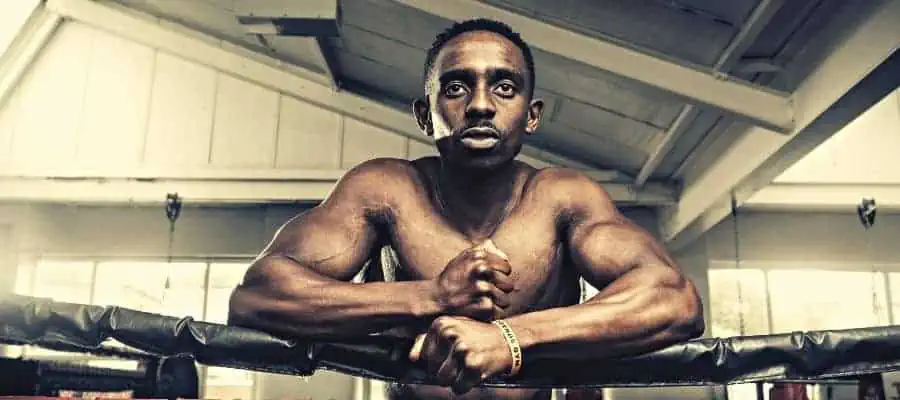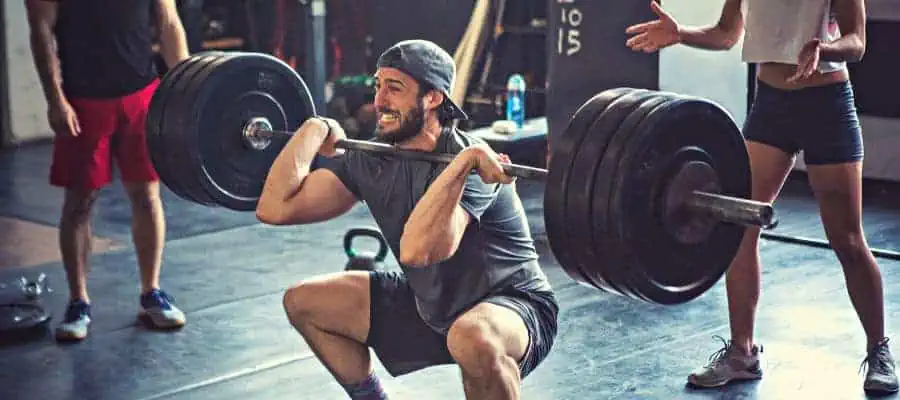Training like a bodybuilder is often perceived as a surefire way to achieve brute strength and an impressive physique. But for boxers, stepping into the world of bodybuilding routines can be like walking a tightrope over their athletic needs. While the two disciplines share common ground in their pursuit of physical excellence, the question of whether a boxer should train as a bodybuilder taps into a deeper debate about sport-specific conditioning.
So, will boxers benefit from bodybuilding training? Boxers who train like bodybuilders may gain muscle but lose the speed and agility vital for boxing. Hypertrophy-focused workouts can hinder a boxer’s flexibility and stamina, impacting their ring performance.
Discover why boxers shun bodybuilding: the pursuit of muscle could cost them the fight. Learn how the right balance of strength and agility defines a champion.
How Bodybuilding Can Hurt Boxing Performance?

Training for boxing and bodybuilding are distinct, with different performance goals; blending them could be counterproductive. An athlete’s ability to punch effectively or maintain endurance in the ring may be compromised by the muscle mass and training techniques central to bodybuilding.
Disadvantages of Bodybuilding Training for Boxers
Bodybuilding programs focus primarily on hypertrophy—increasing muscle mass—which often involves slow, controlled movements with a push, pull, and squat regimen. These programs typically lack the sports-specific conditioning that boxers need. Boxer workouts emphasize more on movement, endurance, and especially explosive strength, which are critical for their performance. A personal trainer might explain how engaging in too much hypertrophy can lead to stiff muscles, which reduces the quick, reactive movements a boxer needs.
Moreover, bodybuilding training can affect a boxer’s weight class. Gaining muscle mass without careful weight management might push a boxer into a higher weight class, where opponents could be naturally larger and more powerful, potentially disadvantaging them. Also, the process of cutting weight, common in bodybuilding, can be detrimental to a boxer’s performance and health.
Adapting Bodybuilding Routines for Boxing
However, some aspects of strength training are beneficial for boxers, so it becomes a task for the coach or sports scientist to adapt a bodybuilding routine in a way that complements boxing. For instance, focusing on increasing explosive power rather than muscle size could be achieved by adjusting the athlete’s program. This involves incorporating plyometrics and compound movements, with an emphasis on speed and agility.
When integrating these training elements, proper nutrition and a diet high in protein are essential to aid in recovery and maintain a lean physique suitable for a boxer’s weight class. A balance must be found where strength gains do not sacrifice speed or agility and where the boxer remains in optimal shape for their category.
Practical Training Applications and Exercises

Training like a bodybuilder can potentially hinder a boxer’s performance because it may lead to decreased flexibility and increased muscle mass that does not directly contribute to boxing efficacy and could interfere with the cardiorespiratory demands of the sport. This section explores how boxers can balance strength training with skill work while minimizing the risk of injury and maintaining functionality for their sport.
Strength and Conditioning Workouts for Boxers
Boxers prioritize functional strength and cardiovascular conditioning, favoring movements that enhance their ability to deliver powerful punches and sustain effort over time. Boxers may find benefit in incorporating explosive exercises rather than the traditional heavy deadlifts and bench presses common in bodybuilding. Exercises like the trap bar deadlift, tailored for the boxing athlete, can effectively build power without unnecessary bulk. Plyometric workouts, which improve muscular endurance and speed, are essential, and resistance training should focus on movements that contribute directly to boxing, such as rotational core exercises, rather than isolated muscle hypertrophy.
- Suggested exercises:
- Plyometric pushups
- Medicine ball throws
- Rotational core movements
Integrating Skill Work and Athletic Development
For a boxer, skill development goes hand-in-hand with physical conditioning. They need to condition their body for the sport-specific boxing requirements, not just aesthetics. This means a boxer’s time is often better spent on sparring, speed drills, jumping rope, and running rather than on isolated muscle growth. Coordination and agility drills that simulate the movement patterns of boxing can improve a boxer’s footwork and punching form, making these drills more relevant than traditional bodybuilding exercises.
- Key drills:
- Shadowboxing with added resistance
- Jumping rope for footwork
- Targeted heavy bag sessions focusing on speed
Recovery Strategies and Injury Prevention
When a boxer trains, they expose themselves to stress and potentially serious injury. Adopting a recovery plan with adequate rest periods and treatment options is critical to maintain their heart and lung health and prevent overtraining and muscular imbalances. They should also factor in active recovery sessions that boost cardiovascular function without overtaxing the muscles.
Therefore, a recovery strategy is actually a key component of a boxer’s training regimen and can include low-impact cardiovascular exercises, adequate sleep, nutrition, and possibly professional treatment like physiotherapy to ensure any early signs of injury are dealt with promptly.
- Recovery Methods:
- Low-intensity cardio on rest days (e.g., light jog, swimming)
- Stretching and mobility work
- Sleep and nutrition plans tailored to recovery needs
So, this is basically all that boxers need to do not to lose performance in boxing.
If this article was helpful to you, don’t forget to add it to your Pinterest board.
Recent Posts
What is Manachai's Fighting Style? Unveiling Muay Thai Mastery
Manachai, a celebrated figure in the Muay Thai world, has captivated audiences with his exemplary martial prowess. Hailing from the heartlands of Thailand, his name is synonymous with the art of...
What Was Chamuekpet Hapalang's Fighting Style? Unveiling Techniques
Chamuekpet Hapalang was a renowned figure in the world of Muay Thai (record 200-48-2), embodying a fusion of Muay Bouk and Muay Khao styles. Originating from Thailand, the art of Muay Thai is known...

